Work has begun in Florence to update and expand the monitoring system of Brunelleschi’s Dome, with the aim of ensuring an ever greater understanding of the monument’s structural behavior. The intervention involves the implementation of new technologies that will complement the already active system, allowing for more accurate detection of deformations, displacements and accelerations of the structure.
The entire system will be operational by the end of 2025, with a total investment of 662 thousand euros. The funds were allocated through the National Recovery and Resilience Plan (NRP) and come from the European Union and Nowtech Solutions srl. The research project, underlying the intervention, was developed by the Department of Statistics, Informatics, Applications of the University of Florence in collaboration with the Opera di Santa Maria del Fiore. The executive project, developed by Nowtech Solutions srl and IP Ingegneria srl, is titled “Smart Management of Structural Health Monitoring of Italian Heritage: the Brunelleschi case” and will be carried out under the direction of the Opera di Santa Maria del Fiore. The DiSIA, DiCEA and DST Departments of the University of Florence are also collaborating in the realization, under the High Supervision of the Soprintendenza Archeologia, Belle Arti e Paesaggio for the provinces of Florence, Prato and Pistoia.
The Dome, an architectural symbol of the city, was completed in 1436 and still represents the largest masonry dome in the world. Designed and built without the use of ribs, it constitutes a unicum in the history of architecture and engineering, but precisely because of its special construction characteristics it has required constant attention and control since its origin, particularly with regard to its structural condition. In this context, monitoring represents one of the main activities carried out by the Opera di Santa Maria del Fiore, which since 1987 has flanked the traditional manual survey of data with an automated system, now extended also to the other main monuments of the complex: the Cathedral, the Bell Tower and the Baptistery of San Giovanni.
Compared to the system already in operation, which was mainly oriented toward measuring the behavior of the main lesions, the new system provides for a more homogeneous distribution of sensors over the entire architectural structure. Triaxial accelerometers will be used to detect anomalous accelerations and vibrations, biaxial inclinometers placed at targeted points to monitor angular deformations, and linear position transducers placed on the angular ribs, capable of accurately recording displacements. The system will be complemented by temperature sensors, which will make it possible to analyze the influence of thermal variations on the masonry, and a laser scanner capable of producing three-dimensional mapping of the dome, which will be useful for a clearer understanding of the geometric and structural characteristics of the work.
The purpose of the new system is to collect comprehensive data to facilitate in-depth analyses, creating a shared digital platform between technicians and researchers. The goal is to make available advanced investigative tools capable of supporting effective strategies for monument conservation. Thus, the project represents a synthesis between technological innovation and attention to tradition, aimed at risk prevention and protection against degradation, while maintaining the usability and safety of the Dome over time. In addition, the developed model can also be applied to other historical structures of similar complexity.
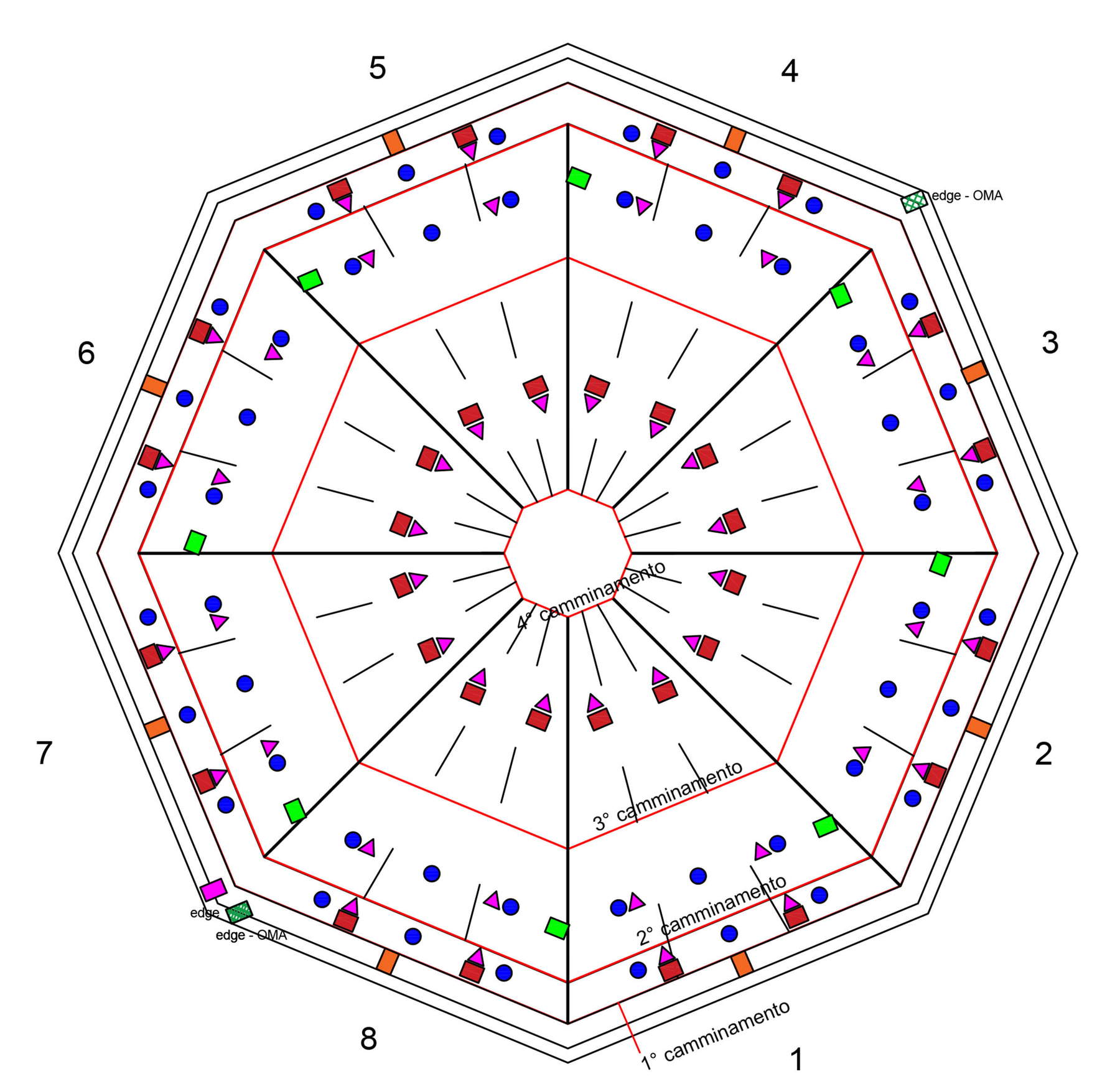
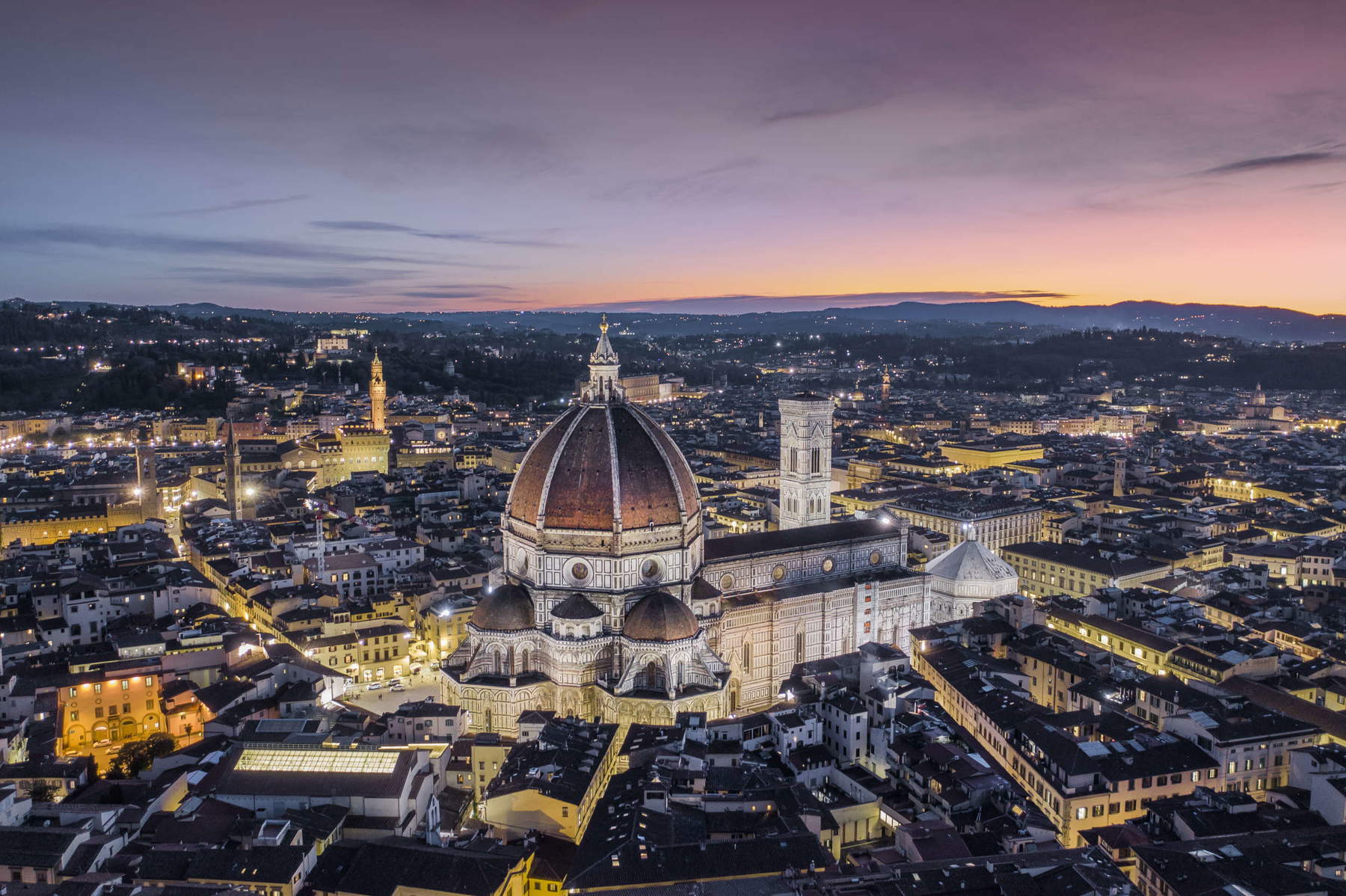
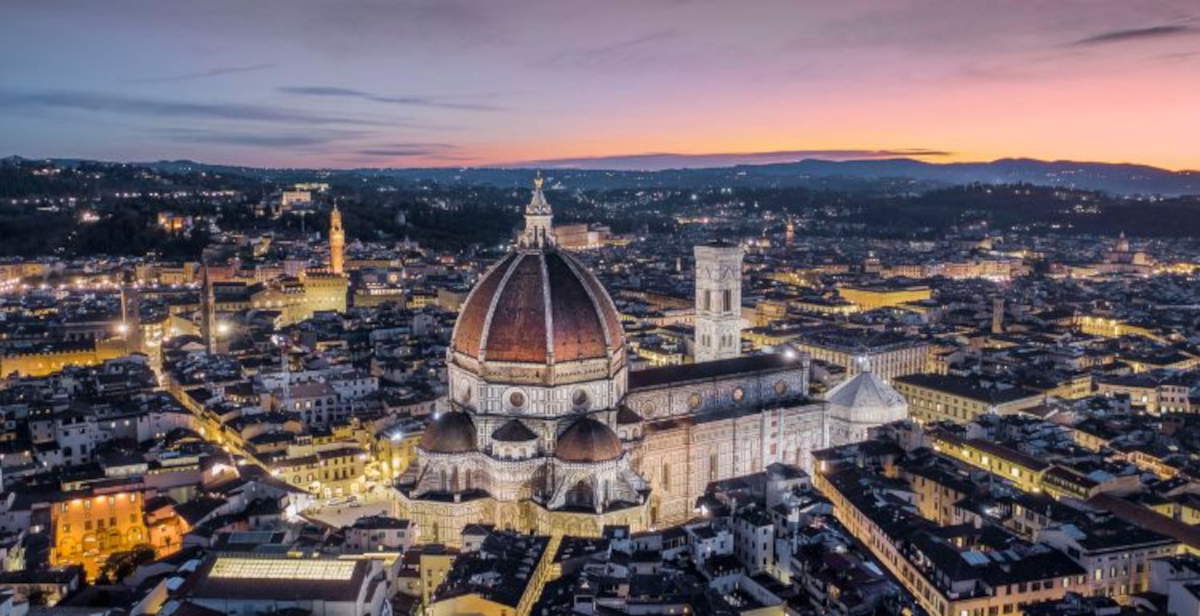
The monitoring of the dome has deep historical roots. The first cracking phenomena were observed as early as near the completion of the work, but systematic structural attention did not develop until 1639, when the architect of the Opera del Duomo, Gherardo Silvani, drew up a report describing passing cracks and proposing solutions to contain them. A first organic survey of the crack framework was carried out in 1756 by Leonardo Ximenes, a Jesuit and engineer, who initiated a functional collection of data to study the stability of the structure to ensure the accuracy of the Gnomon present in the Cathedral.
In the 20th century, monitoring became more rigorous through the action of the First Ministerial Commission (1934-1937), established after the appointment of Father Guido Alfani, director of the Ximenes Observatory. Activity was interrupted by World War II but resumed in 1950 with the Second Commission. The Third Ministerial Commission (1975-1976) introduced a new survey system, extending the observation points from 22 to 50. It was not until 1986-1987, however, that an automated system was implemented, made by ISMES (now a division of Cesi), which still operates and maintains the facility with the Opera di Santa Maria del Fiore.
The system currently in operation uses 72 sensors including positioning transducers, telecoordinometers, level gauges, piezometric probes and thermometers. Recently, seismometers for detecting vibrations and micro seismic events have also been integrated. This complex set of instruments has made it possible over the years to acquire a vast amount of data, which today forms the basis of the analyses carried out by the Opera’s Technical Office for the planning of maintenance and conservation work.
The new project arises within the broader framework of funding allocated to the ICSC Foundation - National Research Center in High Performance Computing, Big Data and Quantum Computing (CN1), funded under project code CN000013, CUP H93C22000450007 for Spoke 5 “Environment & Natural Disasters” at the University of Bari. The project was selected through an open call, sponsored by Prof. Bruno Bertaccini of the Department of Statistics, Informatics, Applications DiSIA “G. Parenti” of the University of Florence, in partnership with the Opera di Santa Maria del Fiore. The call was won by Nowtech Solutions srl, in collaboration with IP Ingegneria srl, with the project “Smart Management of Structural Health Monitoring of Italian Heritage: the Brunelleschi case.”
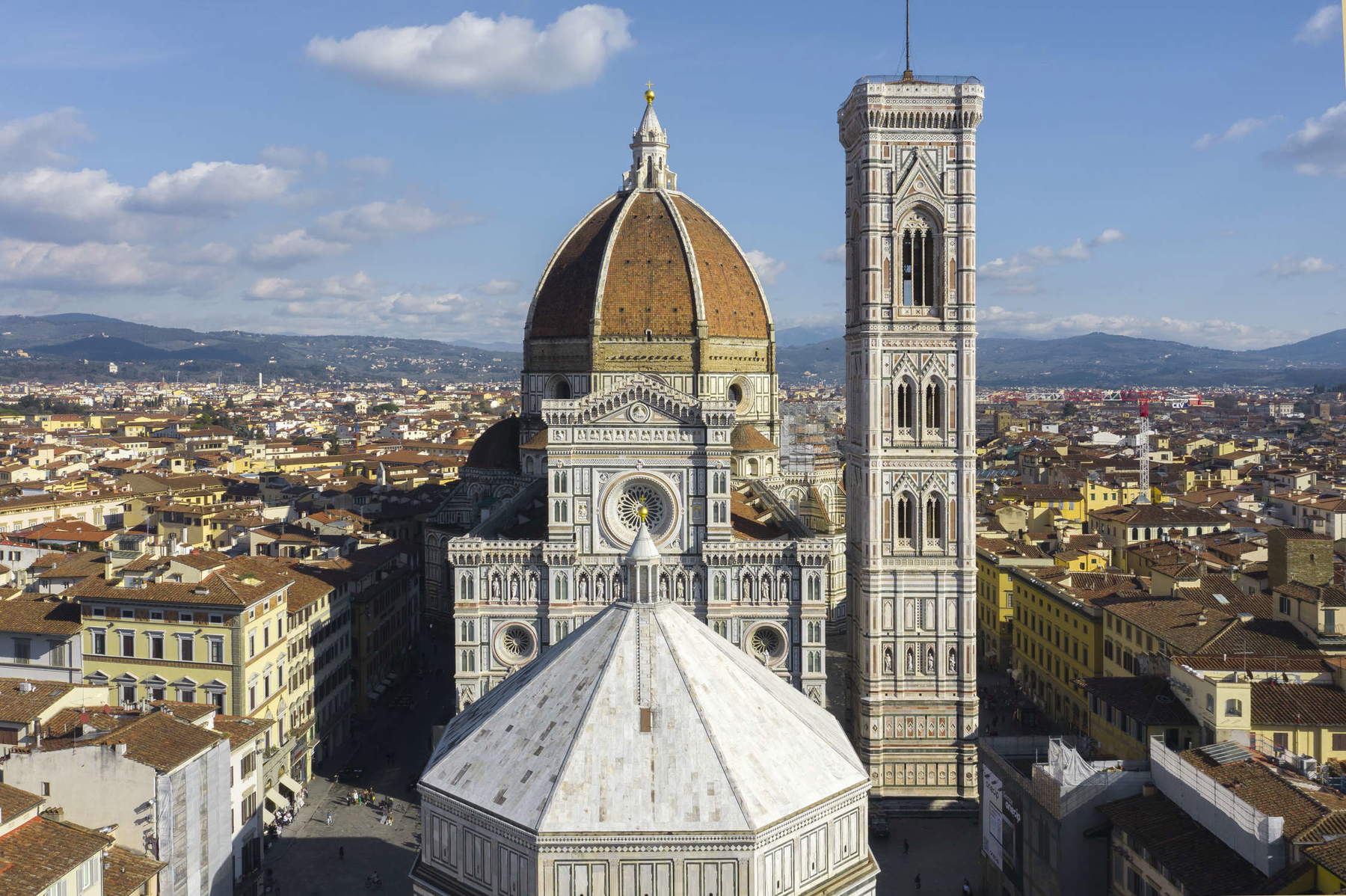
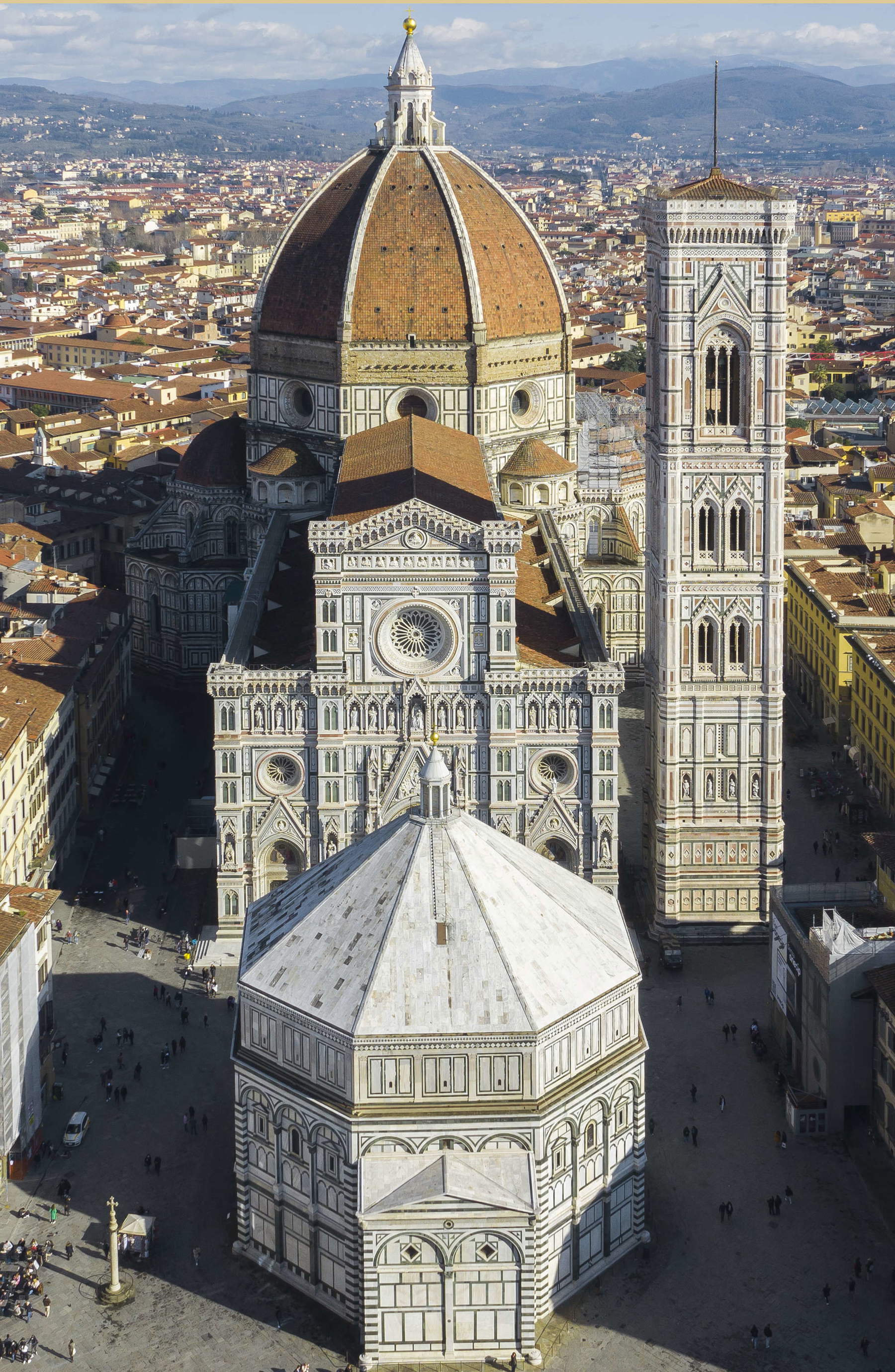
“I feel I can say,” comments Opera di Santa Maria del Fiore President Luca Bagnoli, “that Brunelleschi’s Dome turns out to be so carefully monitored, pursuing purposes of both protection and conservation and scientific research.”
“Upgrading the monitoring system will make it possible to refine the identification of anomalies and implement predictive tools for the structural evolution of the monument, also thanks to the use of specific artificial intelligence techniques,” says Bruno Bertaccini, Professor of Statistics at the DiSIA “G. Parenti” Dip.to of the University of Florence and proponent of the project.
“Detecting, monitoring, investigating,” explains Superintendent Antonella Ranaldi, “helps to understand and keep under control the behavior of the dome over time, with a view to prevention and knowledge with the help of advanced data collection and processing tools, which add to the existing ones.”
“We are truly honored,” says Giulio Delitala, Director of Nowtech Solutions and delegate of IP Ingegneria, “to have been chosen by the deputy bodies to perform this activity of implementing the monitoring systems of Brunelleschi’s Dome; our experience, gained through years of study and field work, will be made available for the protection of one of the most extraordinary architectural heritage existing in the world.”
 |
| Florence, new high-tech sensors to protect Brunelleschi's dome |
Warning: the translation into English of the original Italian article was created using automatic tools. We undertake to review all articles, but we do not guarantee the total absence of inaccuracies in the translation due to the program. You can find the original by clicking on the ITA button. If you find any mistake,please contact us.